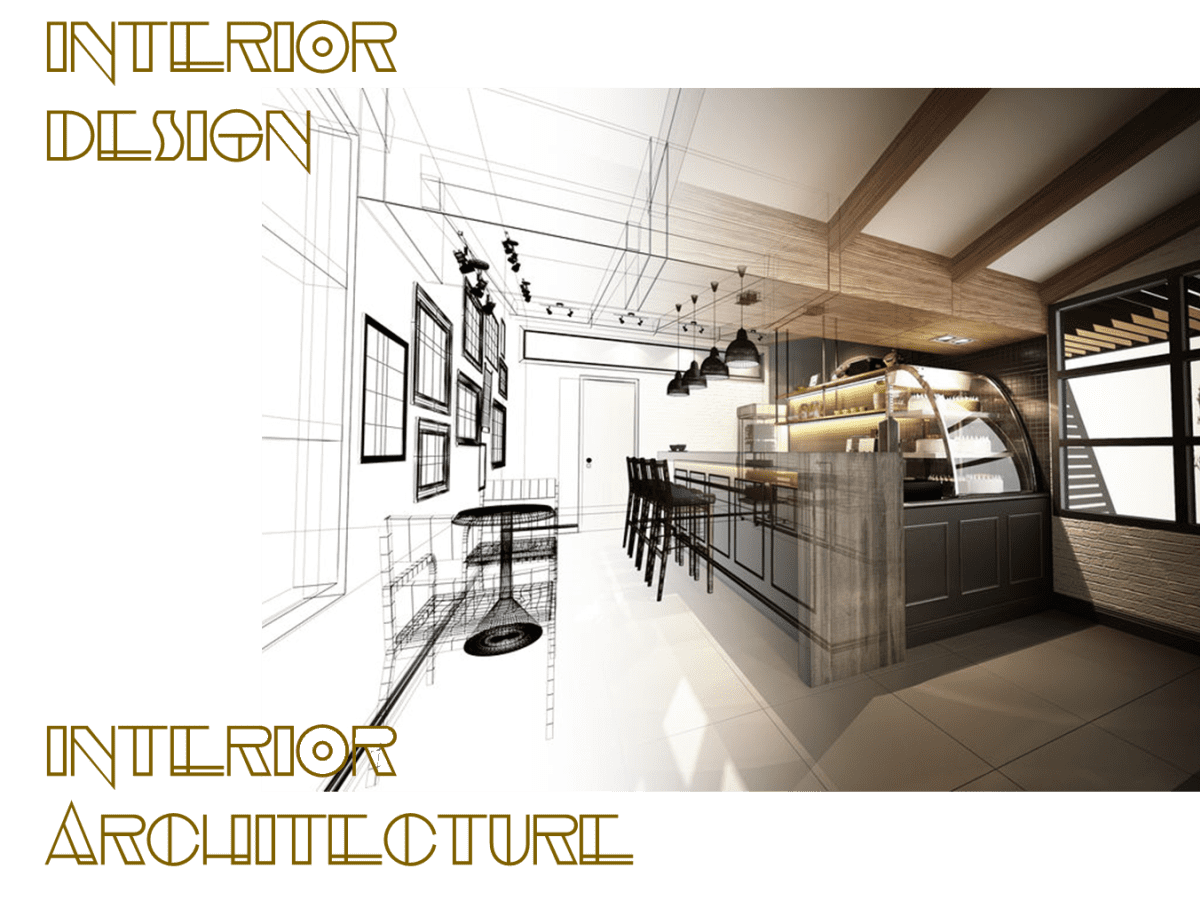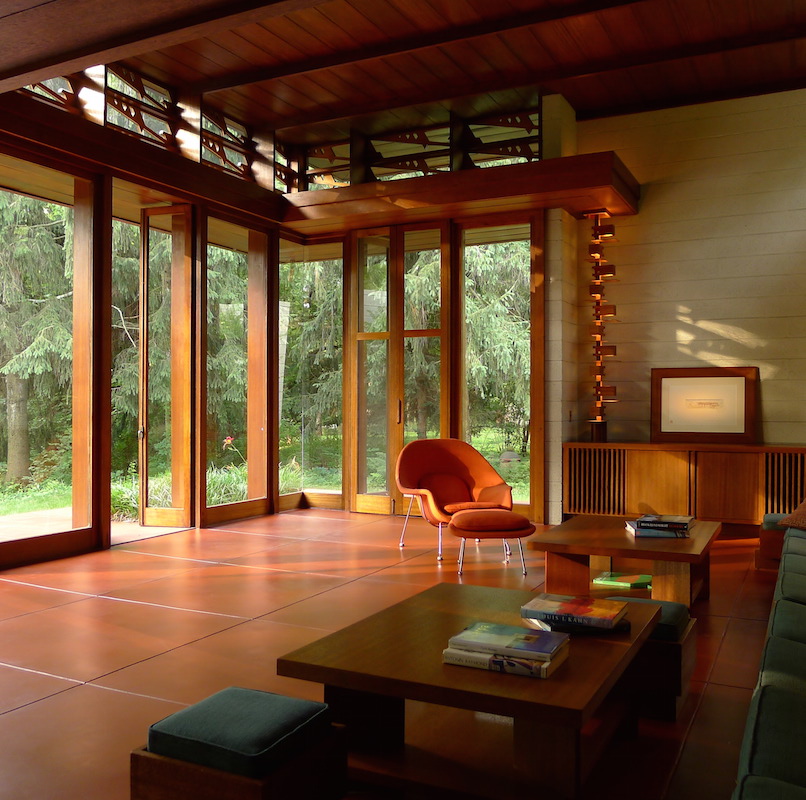Work with a Premium Home Designer to Build a Timeless Masterpiece
Work with a Premium Home Designer to Build a Timeless Masterpiece
Blog Article
The Art of Balance: How Interior Design and Home Architect Collaborate for Stunning Results
In the realm of home design, striking a balance between aesthetic appeals and capability is no tiny accomplishment. This delicate stability is accomplished via the harmonious partnership in between interior designers and designers, each bringing their one-of-a-kind knowledge to the table. The outcome? Rooms that are not just visually spectacular yet additionally exceptionally comfortable. Nonetheless, this best blend is not constantly easy to acquire. Remain with us as we explore the ins and outs of this joint procedure and its transformative influence on home style.
Understanding the Core Distinctions In Between Interior Decoration and Home Design
While both indoor design and home architecture play important functions in creating cosmetically pleasing and practical spaces, they are inherently various disciplines. It deals with the 'bones' of the structure, working with spatial measurements, load-bearing wall surfaces, and roof styles. On the various other hand, indoor design is a lot more worried with enhancing the sensory and aesthetic experience within that framework.
The Synergy Between Home Architecture and Inside Design
The synergy in between home design and Interior Design depends on a shared vision of design and the improvement of functional aesthetics. When these two fields straighten harmoniously, they can transform a home from common to remarkable. This collaboration calls for a much deeper understanding of each self-control's principles and the capability to develop a cohesive, aesthetically pleasing atmosphere.
Unifying Layout Vision
Combining the vision for home design and Interior Design can create a harmonious living room that is both practical and visually pleasing. The balance begins with an integrated way of thinking; engineers and interior developers work together, each bringing their competence. This unison of ideas forms the style vision, a plan that guides the task. This common vision is necessary for consistency throughout the home, guaranteeing a liquid shift from exterior design to indoor rooms. It promotes a synergistic technique where architectural elements complement Interior Design elements and the other way around. The result is a natural home that mirrors the property owner's taste, personality, and lifestyle. Hence, unifying the style vision is critical in blending architecture and Interior Design for sensational outcomes.
Enhancing Useful Appearances
Just how does the harmony between home style and Interior Design enhance practical aesthetic appeals? This harmony makes it possible for the creation of spaces that are not just visually appealing but likewise pleasantly functional. Designers prepared with their structural layout, making certain that the room is useful and efficient. The indoor designer then enhances this with very carefully selected elements that boost the looks without jeopardizing the capability. This unified cooperation can result in homes that are both livable and beautiful. For instance, an architect might design a home with huge home windows and high ceilings. The indoor designer can after that highlight these functions with large curtains and high plants, specifically, therefore boosting the visual appeal while maintaining the practical benefits of natural light and spaciousness.
Significance of Collaboration in Creating Balanced Spaces
The partnership in between indoor developers and designers is pivotal in producing balanced areas. It brings consistency in between style and style, bring to life check this site out rooms that are not only cosmetically pleasing yet additionally practical. Discovering successful joint approaches can supply understandings my sources into exactly how this synergy can be successfully achieved.
Balancing Design and Architecture
Balance, an important element of both Interior Design and design, can just genuinely be accomplished when these two fields operate in harmony. This harmony is not simply an aesthetic consideration; it influences the capability, durability, and ultimately, the livability of an area. Inside developers and engineers must recognize each other's functions, value their expertise, and communicate properly. They need to think about the interaction of architectural components with style, the flow of areas, and the impact of light and shade. This collaborative process results in a natural, balanced design where every aspect contributes and has an objective to the general visual. As a result, integrating layout and style is not practically developing attractive spaces, but regarding crafting spaces that work flawlessly for their residents.
Successful Collective Methods

Situation Studies: Successful Assimilation of Design and Style
Examining a number of study, it becomes apparent exactly how the effective assimilation of Interior Design and style can change a room. The Glass Home in Connecticut, renowned for its minimalistic sophistication, is one such instance. Architect Philip Johnson and interior developer Mies van der Rohe worked together to produce an unified equilibrium in between the framework and the interior, causing a smooth circulation from the outside landscape to the inner living quarters. An additional exemplar is the Fallingwater Home in Pennsylvania. Engineer Frank Lloyd Wright and interior developer Edgar Kaufmann Jr.'s joint initiatives lead to a strikingly distinct residence that blends with its all-natural surroundings. These case researches underscore the profound effect of an effective layout and style cooperation.

Overcoming Challenges in Design and Style Partnership
Despite the obvious advantages of a successful partnership between Interior find out Design and style, it is not without its difficulties. Interaction issues can emerge, as both celebrations may make use of different terms, understandings, and approaches in their job. This can lead to misunderstandings and delays in task conclusion. An additional significant obstacle is the harmonizing act of looks and functionality. Designers may focus on architectural stability and safety, while designers concentrate on comfort and design. The assimilation of these goals can be intricate. Furthermore, spending plan and timeline constraints commonly add stress, potentially creating rifts in the partnership. Effective interaction, common understanding, and concession are essential to get rid of these obstacles and achieve a successful and harmonious collaboration.

Future Patterns: The Developing Connection Between Home Architects and Inside Designers
As the world of home layout proceeds to evolve, so does the partnership between architects and indoor developers. Alternatively, indoor designers are accepting technological facets, influencing overall layout and functionality. The future assures an extra natural, ingenious, and adaptive approach to home layout, as designers and designers continue to obscure the lines, fostering a relationship that truly embodies the art of equilibrium.
Final thought
The art of equilibrium in home style is attained with the unified collaboration in between interior designers and engineers. In spite of challenges, this partnership promotes development and innovation in style.
While both indoor design and home design play important functions in developing cosmetically pleasing and functional spaces, they are inherently different disciplines.The synergy in between home architecture and indoor layout lies in a shared vision of style and the improvement of functional aesthetics.Merging the vision for home style and interior design can produce an unified living room that is both functional and visually pleasing. Therefore, unifying the layout vision is essential in blending design and indoor design for spectacular results.
Exactly how does the harmony in between home architecture and interior design improve practical visual appeals? (Winchester architect)
Report this page